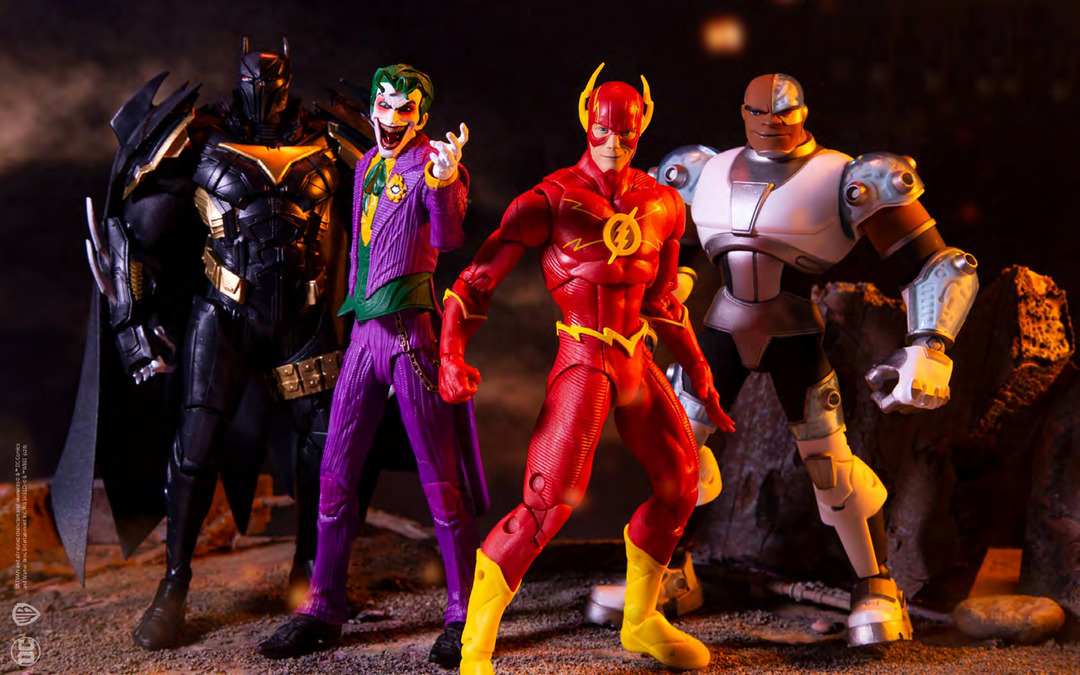
4 minute read
Opinion - Generation Media
How safe are new platforms and what can we do to be brand safe?
As more and more brands choose to use activations within online platforms as a form of promotion, Felix Lewis examines how this can be done safely and with confidence.
Whenever there is a ‘new’ platform or advertising opportunity, scrutiny is not far away - for both positives and negatives. Recently we have seen Roblox fall under this spotlight. There have been allegations concerning brand safety, and bot involvement encouraging users to perform actions and be exposed to areas that have not been made transparent. TINA (Truth in advertising) has recently investigated the game and found that multiple heritage brands have blurred the lines on what is appropriate; detailing that they are disguising promotional content as games and making it increasingly hard to distinguish this from normal game play.
This is native content in a new sense of advertising and importantly, although adult users may be able to distinguish between a paid for promotion or activation, more than 25m children playing in the metaverse daily are not. As there is a paid for element directly connected to these accounts, this has meant that minors are at risk of exploitation in a space where monetary transactions are commonplace.
As stated, scrutiny of ‘new’ platforms is nothing new; historically, loopholes have been exposed as soon as apparent. YouTube has had its fair share of such attention and now seems to be in a position where betas have successfully combatted previous issues including terrorist, paedophilic and extreme violent content being showcased alongside brand’s content. YouTube now forms a core part of many advertisers plans, and rightly so, having addressed these issues over several years and assuring buyers and brands that it is safe to be there. It is already the No.1 ad platform in the US for kids’ advertisers and will be in the UK by end of 2023.
TikTok is in the middle of this process with a vitally important audience base, but with confidence from an advertising perspective needing some assurance. TikTok has addressed this and brought out extensive guidelines and processes including vitally important transparency to reassure consumers. Roblox similarly has challenged the recent negative press and is working on its own brand safety response.
The platform plans to introduce new native and immersive formats allowing them to not disrupt user experience and help align playing experience with brands’ objectives and mission statements. The company has stated that this will respect advertising guidelines and a core focused on under-13 users. What is often not mentioned is the role that parents can and should be taking in auditing their children’s online footprint. Blocks and limitations are available on most platforms and allow for closed and safe spaces. Platforms should take further responsibility on how accounts are granted to users and the processes they have in place to grant. It is too easy for a computer savvy minor to set up a profile and bypass the 13+ age restrictions in place.
With these limitations around brand safety, and confidence not fully assured, brands have to ask themselves which platforms they are comfortable immersing themselves in and aligning with. There are partners within the marketplace who can create ‘walled gardens’ ensuring the in and output of content, which are the perfect place to start. Tech is also continually developing as are platforms but being aware of the potential pitfalls prior to activation is essential. This will ensure any safeguards that need to be put in place form part of the overall approach and then activations can be launched with confidence.











